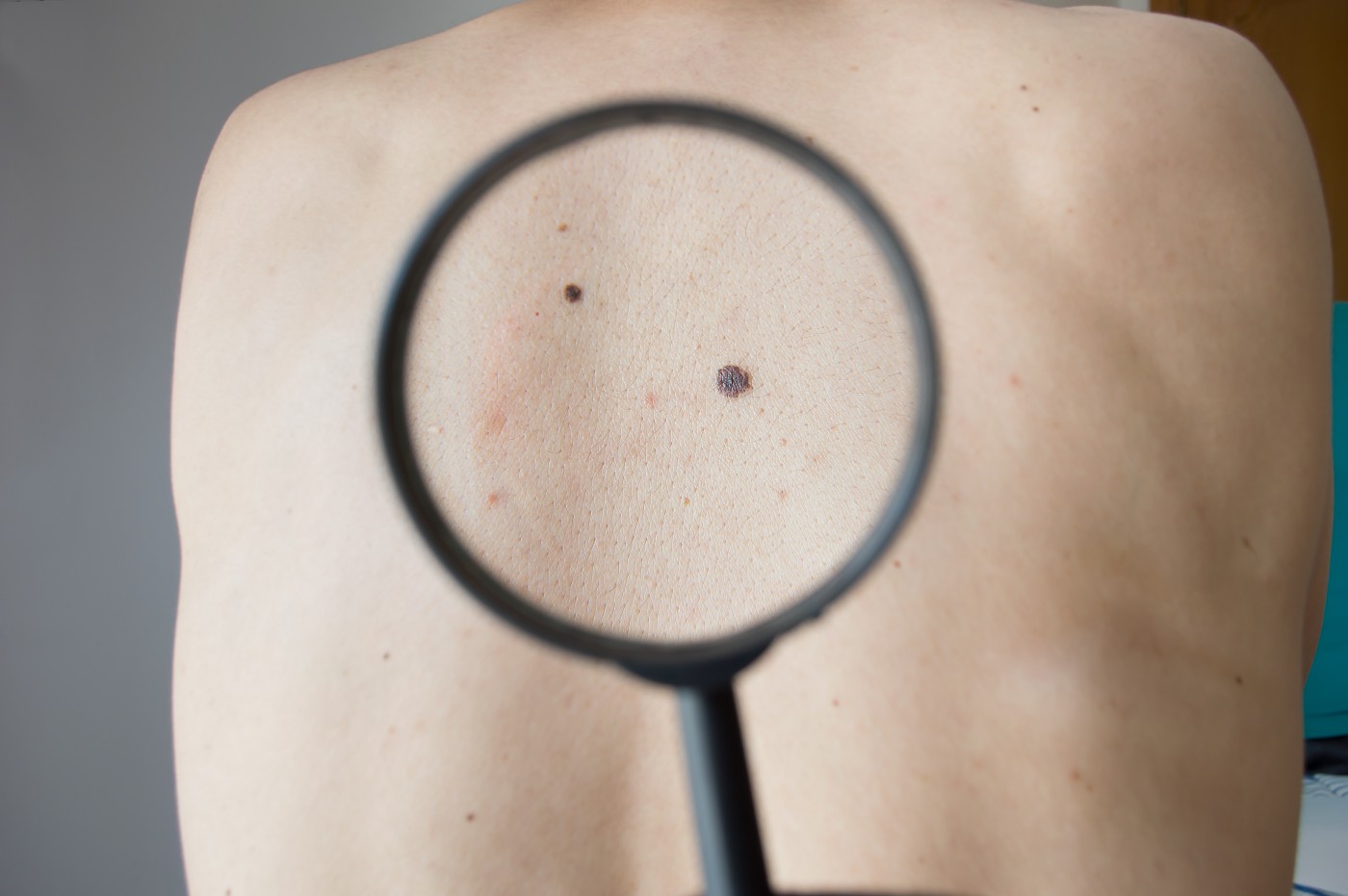Researchers at Stanford University School of Medicine recently published in the journal Science the discovery of a specific skin cell type that is associated to wound healing by scarring, radiation-induced fibrosis and melanoma growth. The study is entitled “Identification and isolation of a dermal lineage with intrinsic fibrogenic potential.”
Fibroblasts are the main cell type responsible for the synthesis of organs’ extracellular matrix and their main component, collagen. Fibroblasts have a critical role in wound healing as scars are mainly comprised of collagen. The mechanism behind the scarring process is crucial for proper healing and is linked to several medical conditions due to fibrosis (excess fibrous connective tissue in an organ).
“The biomedical burden of scarring is enormous,” said the study’s co-senior author Dr. Michael Longaker in a news release. “About 80 million incisions a year in this country heal with a scar, and that’s just on the skin alone. Internal scarring is responsible for many medical conditions, including liver cirrhosis, pulmonary fibrosis, intestinal adhesions and even the damage left behind after a heart attack.”
To develop a treatment for fibrosis, it is necessary to better understand its pathogenesis. A previous study has identified two distinct lineages of skin fibroblasts in mice, observing the one in the lower skin layer regulates the initial repair steps in response to an injury. Based on this study, the research team hypothesized that this type of fibroblast could be responsible for collagen accumulation in the wound healing process and scar formation. The team genetically engineered mice in which this type of fibroblast was tagged with a green fluorescent protein that allows the monitoring of these cells during mice development. These fibroblasts express a protein known as engrailed and were called “engrailed-positive fibroblasts” (EPF).
Using these animals, researchers found that EPF cells have a dramatic increase from less than 1% in embryos 10 days old to approximately 75% in animals who are 1 month old, in comparison to the overall number of skin fibroblasts. The team also found evidence that EPF cells play a crucial role in the scarring process, as in their absence, the wounds took an extra six days to heal completely but exhibited less scarring and a normal function of the repaired skin.
Researchers found that EPF cells express on their surface a protein called CD26, which has been linked to the metabolism of several hormones such as insulin, used as a target in humans for type-2diabetes. Blocking CD26 activity resulted in slower wound healing and scarring reduction similar to what is observed in the absence of EPF cells.
The research team also evaluated whether skin damage induced by radiation and the growth of melanoma cancer cells, the most dangerous form of skin cancer, were also linked to EPF cells. During radiation therapy for cancer treatment, the skin through which radiation passes to reach the tumor can suffer cell damage resulting in fibrosis. Interestingly, in the absence of EPF cells, fibrosis was considerably reduced in mice after exposure to radiation. In addition, the team found that melanoma cells transplanted into mice lacking EPF cells grew more slowly than in mice with normal EPF levels.
The research team concluded that EEF cells are responsible for scarring and are possibly involved in melanoma growth and skin damage caused by radiation. The team suggests that targeted inhibition of these cells could represent a potential therapeutic approach for excessive scarring, fibrotic diseases and melanoma growth.
“I’ve been obsessed with scarring for 25 years,” said Dr. Longaker. “Now we’re bringing together the fields of wound healing and tumor development in remarkable new ways. It’s incredibly exciting.”


